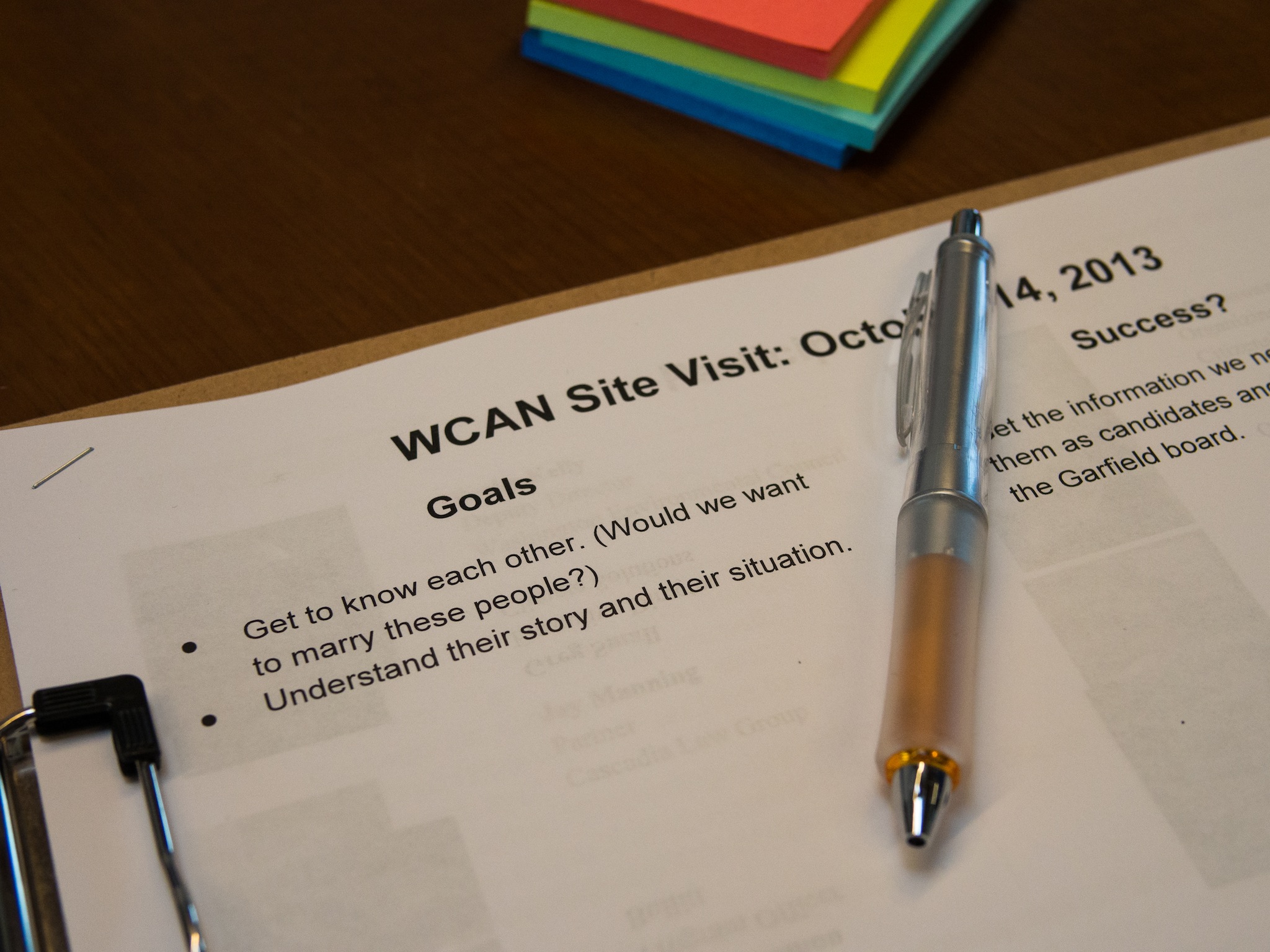Be Intentional, But Hold It Lightly

The Parable of the Roast
There once was a young boy whose mother cooked a roast every Sunday. Every weekend without fail, she would buy meat, lop off the end, and stick it in the oven.
One day, the boy asked his mother, “Why do you always cut the end off the meat before roasting?”
“Because my mother always did that,” she responded.
The next time the boy saw his grandmother, he asked her, “Why did you always cut the end off the meat before roasting?”
“Because my mother always did that,” she responded.
A few weeks later, the boy visited his great grandmother and asked, “Why did you always cut the end off the meat before roasting?”
“Because my oven was too small, and the whole roast wouldn’t fit,” she explained.
Be Intentional…
What are you trying to do? Why?
These two questions form the basis of my practice. They are the first questions I ask when faced with a challenge — others’ or my own — and I often have to repeat them (even to myself) to make sure they are addressed. Even the best of us often get lost in the how without ever asking for what or why?
High-performing groups do everything — big or small — with intention, even if that intention turns out to be wrong or misguided. (More on this below.)
Being intentional is hard enough to do as an individual, but it’s even harder to do as a group. It’s a lot faster to assume that everyone is on the same page, but that assumption is costly. According to Robert Kaplan and David Norton’s, The Strategy-Focused Organization, only five percent of the workforce knows what their companies’ strategies are. That’s a lot of people lopping off the ends of their roasts for no reason and potentially even at cross purposes with their companies’ actual goals.
Getting clear about collective intentions starts with creating the space for that discussion. This can take a long time, but it saves you time in the long run.
In my consulting practice, if I allocated six days to design a two-day meeting, I often spent as much as half that time with the client getting clear on goals. Clients would sometimes get antsy about the seeming lack of progress, but the reality was that alignment around goals was the actual work. Once we had that, the answers to the how questions easily fell into place. Moreover, alignment around the what and why gave me and others permission to improvise on-the-fly, because we trusted that we all understood the underlying goals.
I use artifacts to remind me of the importance of goals. For example, all of my meeting templates start with a blank form field for clearly stating the goals, and I constantly refer back to these so I don’t lose sight of them as I do my work..
… But Hold It Lightly
As we all know from personal experience this time of year, it’s easy to have resolutions, but it’s far more challenging to follow through on them. How do you avoid this trap? The classic S.M.A.R.T. framework (Simple, Measurable, Attainable, Relevant, Time-bound) is an excellent starting point, but figuring out what’s relevant is an art.
Suppose you resolve to lose 10 pounds in six months. That’s a simple, measurable, attainable, and time-bound goal, but is it relevant? Why do you want to lose 10 pounds? Is it because you’re outgrowing your old clothes and don’t want to buy a new set, or is it better health? If the latter, is losing 10 pounds relevant? Maybe your goal should be to work out for an hour three-times a week. But is that a goal or a strategy?
You can go in circles like this for days on end, and perhaps legitimately so. I think the better approach is not to stress too much about getting it right up-front. Be intentional, but hold it lightly. If you realize that your goal isn’t quite right, then change it, and learn from that experience. With practice, you’ll develop an instinct for whether a goal is relevant or not.
“Relevance” can be about head or heart. When I cook tofu, I always boil it first. I do it, because my Mom does it that way. It’s my version of cutting the end off a roast, except that I know her reason. She does it, because she thinks it’s healthier to do it that way. There is no evidence to back up this line of reasoning, and you could even argue that you lose nutrition this way. Still, I do it anyway, because when I practice this little ritual, it reminds me of my Mom.
Happy New Year! Be intentional, but hold it lightly!